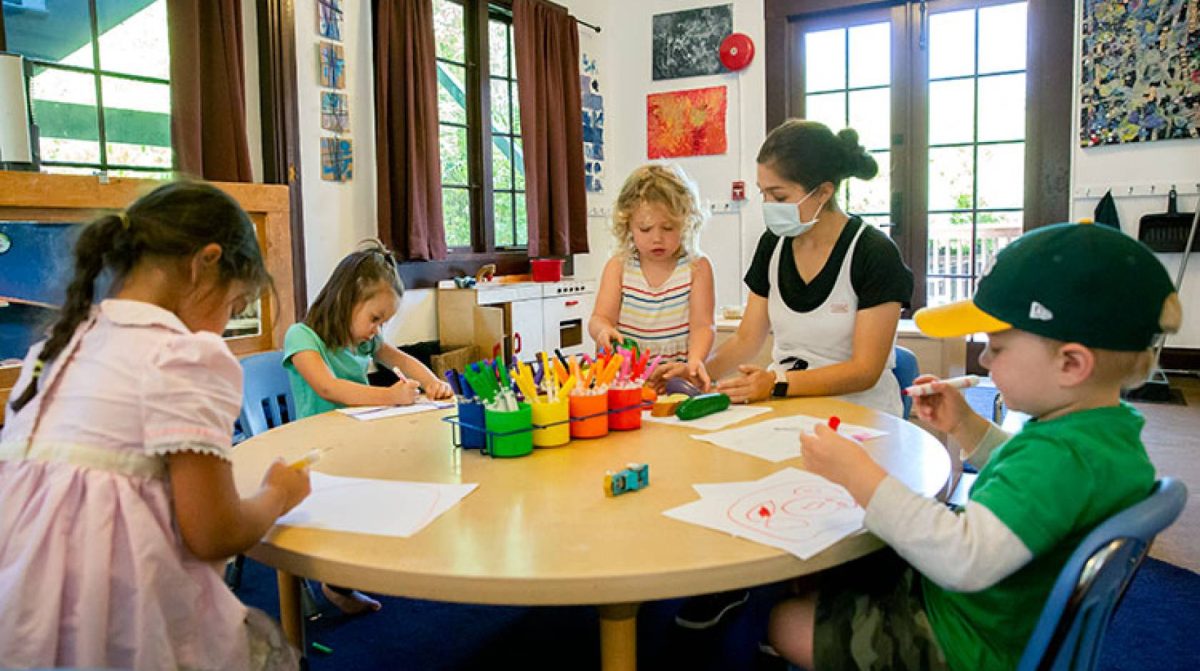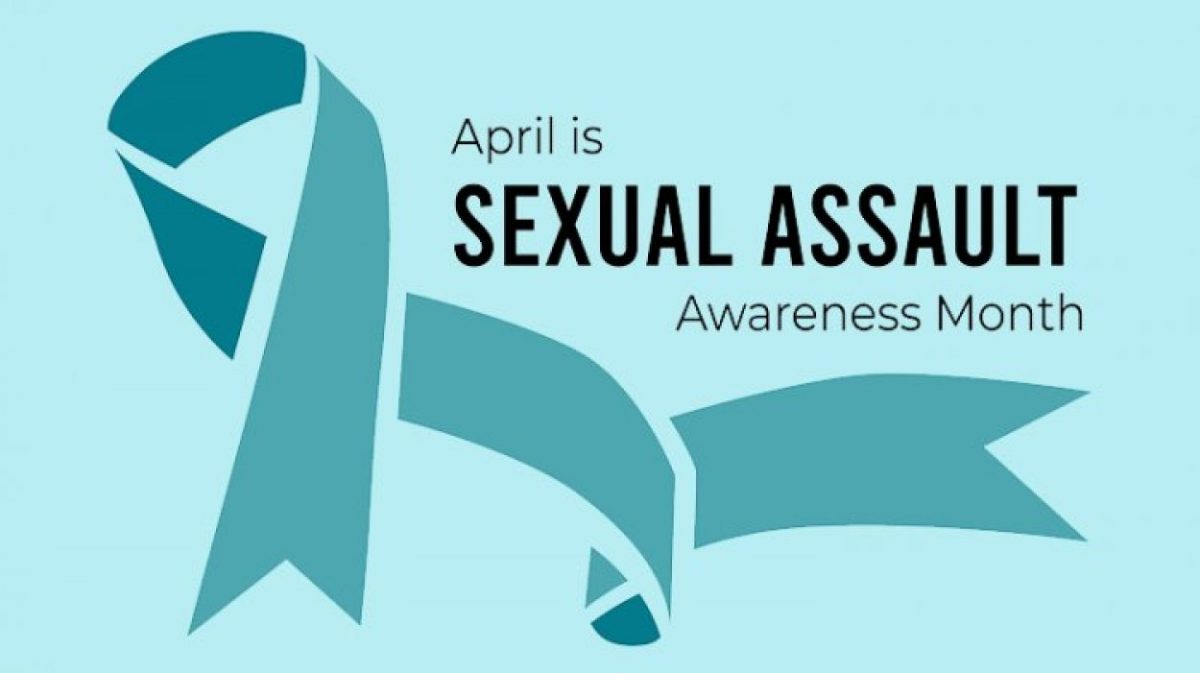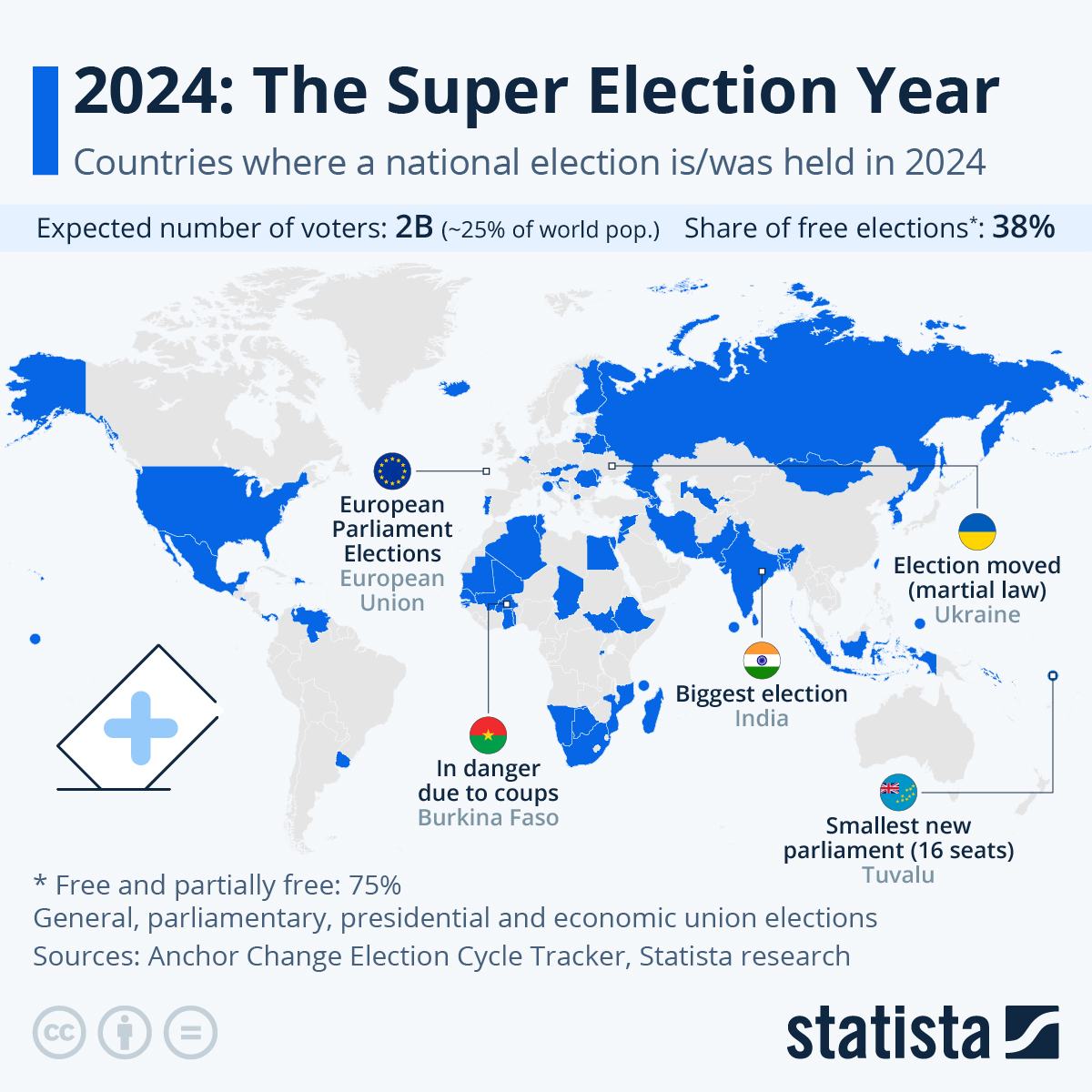It may come as a surprise that the United States- one of the richest countries in the world- dedicates one of the lowest percentages of its economy to child care. Other countries of comparable GDP spend “an average of $14,000 per year for a toddler’s care, compared with $500” in the US (Miller). The US is falling behind on providing adequate options for young children to learn and be cared for, and it’s taking a toll not only on children but also on parents and education as a whole.
Early education heavily influences child development and can set the path for success, especially for those growing up in a lower socioeconomic class. High-quality childcare from a young age is very beneficial and in some cases the only way for parents to ensure their children have an education before kindergarten; ⅔ of parents are still dependent on their jobs for income and are unable to take leave for an extended period. It’s a common misconception that children can only truly begin learning by the age of 5, but a child can begin education long before the “K-12” phase. Kindergarten “was originally intended, and then often offered, to 2-, 3-, and 4-year-olds”, but even getting 5-year-olds into public schools was a fight and the government is unwilling to provide more than the bare minimum (Zheultin). In the US, before COVID-19, only 34% of 4-year-olds were enrolled in preschool, and this decreased by 5% after the pandemic.
The lack of emphasis on early childhood education is dimming the future of American academics, but many children are not enrolled simply because there aren’t any practical options. The economic burden of childcare falls nearly entirely on the parents in the United States, with a mere 14.5% of low-income families receiving subsidies. If Americans can secure a spot for their child, and that’s a big if, it’s estimated to cost them $1,100 a month- an outrageous rate for a developed country. In Denmark, on the contrary, children are guaranteed daycare, and parents pay only a quarter of the expenses. The social benefit of affordable childcare and its impact on the welfare of families makes it such that early childhood education has to be a priority.
Another problem is the need for more preschool teachers. It’s no wonder there’s a shortage; teachers are undervalued, and underpaid. “A typical U.S. child care business [operates] with approximately a 1 percent profit margin”, leaving childcare providers with a tradeoff between fair worker wages and affordable tuition for families (Schneider, Gibbs). With an additional decline in qualified teachers after the pandemic, the hiring challenges were further aggravated. Teachers are disproportionately women of color, and therefore more likely to be underpaid. This discrimination follows suit in children accepted in daycare, with children with disabilities and minorities being less likely to attain schooling than others.
The state of the matter calls for a reformation in the US’s stance on early childhood education and childcare, but where the change happens is debatable. Some have backed a bill proposed by President Biden that would lower prices for tuition and raise childcare workers’ wages, though others are skeptical of government intervention. On the other hand, we could focus on paid leave and subsidize parents to handle their little one’s schooling themselves. Though we may not reach the ultra-generous level of Nordic countries offering free childcare for low-income families, we still can improve the current structure from what it is. For example, Germany has a mixed system, incorporating inclusive daycare centers and childcare tuition based on income, while France utilizes tax credits to aid parents with hiring nannies and preschool costs. England, Ireland, and Japan have more expensive education though each remains a step up from the US.
The United States’ defective childcare programs have left Americans scrambling. Whatever we model our early education system off of in the future, it’s clear we need to be quick about it.
Works Cited
Gibbs, Hailey, and Allie Schneider. Data Dashboard: An Overview of Child Care and Early Learning in the United States. 14 Dec. 2023. Center for American Progress, www.americanprogress.org/article/data-dashboard-an-overview-of-child-care-and-early-learning-in-the-united-states/. Accessed 17 Dec. 2023.
Miller, Claire Cain. “How Other Nations Pay for Child Care. The U.S. Is an Outlier.” The New York Times, 6 Oct. 2021, www.nytimes.com/2021/10/06/upshot/child-care-biden.html. Accessed 17 Dec. 2023.
Zheutlin, Barbara. “The Decades-long Fight to Make Child Care a National Priority.” University of California, 7 Apr. 2023, www.universityofcalifornia.edu/news/decades-long-fight-make-child-care-national-priority. Accessed 17 Dec. 2023.







